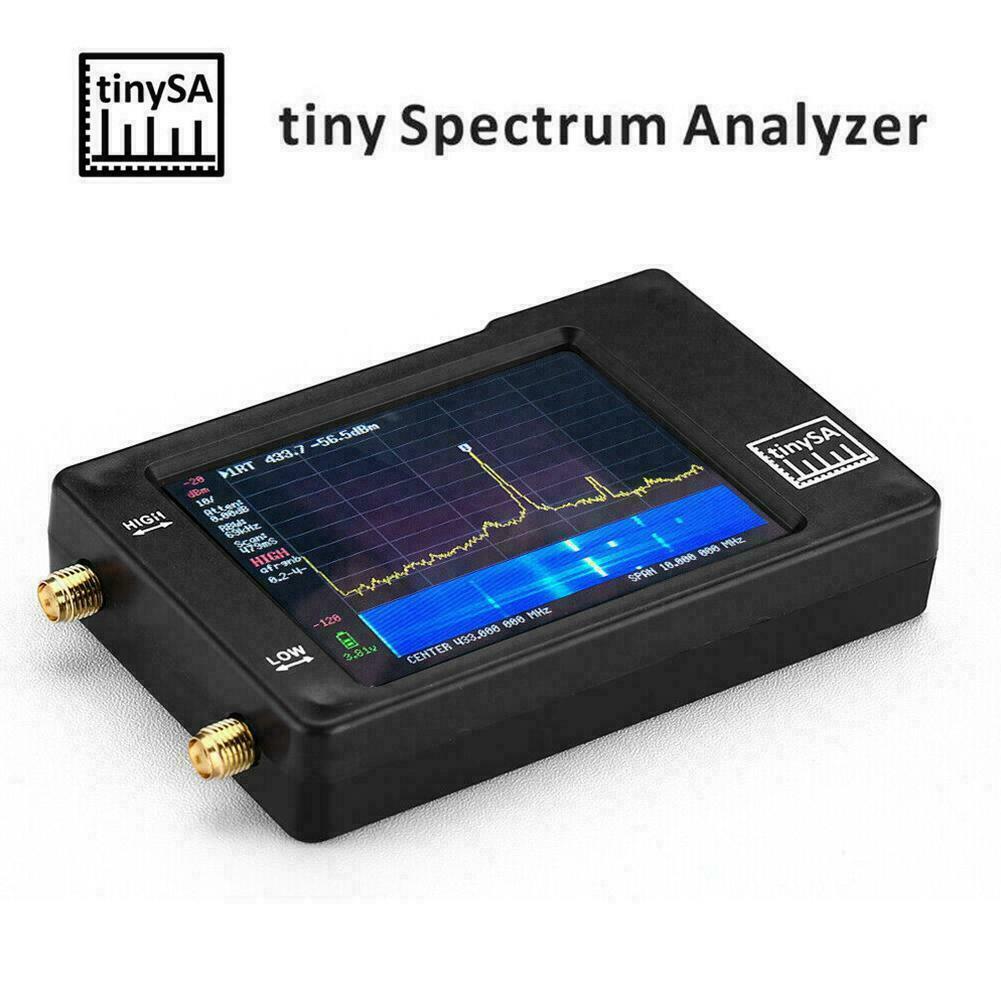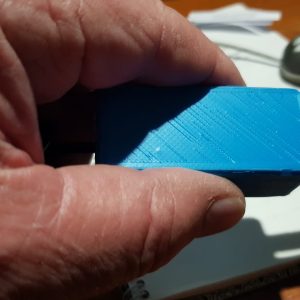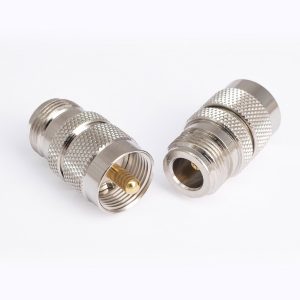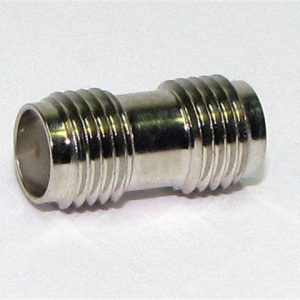Description
Tiny Spectrum Analyzer Shell size: 58.7mm x 91.3mm x 17.1mm (excluding protrusion) Frequency accuracy: 2ppm, Frequency stability: 1ppm Display: 2.8 “TFT (320 x240) resistance touch screen USB interface: USB type-C communication mode: CDC (serial) Power supply: USB 5V 150mA, built-in 650mah battery, maximum charging current 300mA, charging time 1 hour 2 hours Gross weight per unit: 0.25 kg Package size: 19.5 * 12.5 * 2.5cm Built in battery: 650mah Low input mode specification: Input frequency range: 100kHz 350MHz Front attenuator: 0db-31db, step 1dB, manual and automatic input attenuation Absolute maximum input level: + 10dBm without attenuation Damage level + 20dbm Third order modulation (IIP3) input cut-off point: + 15dBm at 0dB attenuation 1dB compression point: + 2dbm at 0dB attenuation Power detector resolution: 0.5dB + / – 1dB. Minimum identifiable signal: -102dBm@30kHz RBW The phase noise is – 90dB / Hz at 100kHz and – 115dB / Hz at 1MHz. When using 30kHz resolution bandwidth of 70dB, there is no branch line dynamic range. The resolution filters of 3, 10, 30, 100, 300 and 600 kHz can be selected manually. Automatically select one of 57 resolution filters. The resolution on the screen is 51, 101, 145 or 290 measurement points. Using the filter with the maximum resolution, the scanning speed exceeds 1000 points / second.
For more info you can WhatsApp or Telegram or Signal me on 082 573 5580 or 083 974 1345
Note: Our T&C requires the end-user to comply with all licensing and operating legislation before purchase, including but not limited to ICASA approval.
For more info you can WhatsApp or Telegram or Signal me on 082 573 5580 or 083 974 1345The price shown on the website is not fixed. We can only confirm the final charges, up or down, once we know and included all the charges for Freight, Taxes, Customs, VAT and/or Bank Charges.






Reviews
There are no reviews yet.